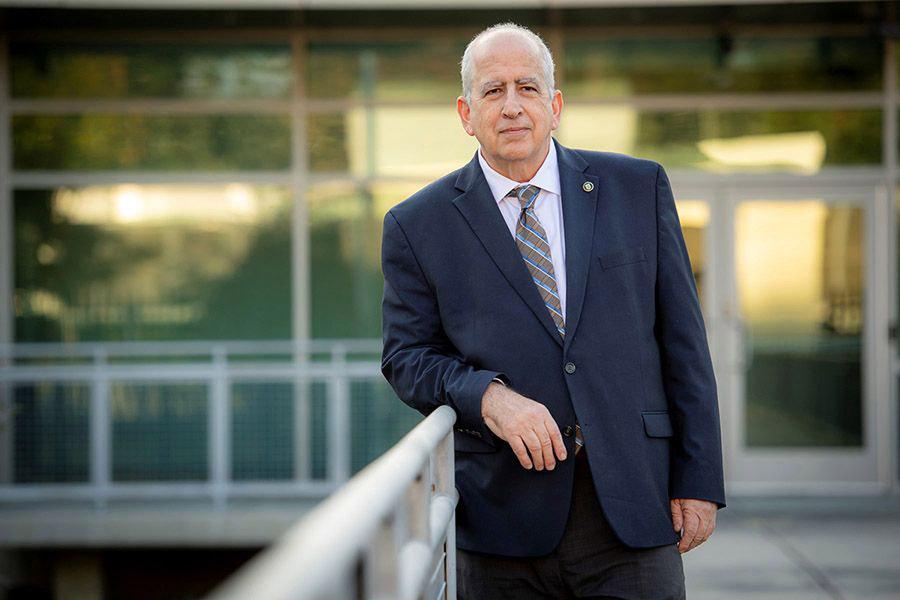Tulane National Biomedical Research Center on Frontlines of COVID-19 Research
Researchers at the Tulane National Biomedical Research Center (TNBRC) are working to discover safe and effective COVID-19 vaccines and treatments. Earlier this year, TNBRC had the distinction of becoming one of the first research facilities in the country to obtain approval from the Centers for Disease Control to receive live samples of the novel coronavirus.
Center Director Jay Rappaport, PhD, said TNBRC is the only National Primate Research Center with a Regional Biocontainment Laboratory that is capable of the biocontainment required to study an emerging infectious disease like COVID-19. It also has the nation’s largest capacity for studying the transmission of infectious agents in nonhuman primates at this level of biocontainment. Just recently, TNBRC expanded its laboratory space by 10,000 square feet.
“There’s not that many places in the country that can do this type of work and do it safely,” Rappaport said. “We have strict biocontainment here so we know we can handle it safely.” As Rappaport’s team works to understand the virus, all work will be conducted under the strictest safety protocols, overseen by Tulane Director of Biosafety Angela Birnbaum, a nationally certified biosafety expert.
Researchers at TNBRC are first creating a nonhuman primate model to study the disease’s clinical progression, how it is transmitted through the air and how it specifically affects aging populations. The spread of COVID-19 is being driven by people who are asymptomatic, which is making it difficult to contain, according to Rappaport. The nonhuman primate model will be used in the development of more sensitive diagnostics, therapeutics and vaccines.
Rappaport explained that conducting nonhuman primate testing before conducting human trials is crucial to quickly developing a vaccine that is safe and effective. The SARS virus was a precursor to COVID-19, and some versions of that vaccine caused liver damage and an immune response that actually made it harder to fight off. Testing a vaccine on a nonhuman primate model could save resources, money and most importantly, says Rappaport, time: “We can’t lose time.”
Researchers at TNBRC are also seeking to discover many facets of the disease, such as why older people or those with comorbidities are more sensitive or susceptible to the virus, why smoking may contribute to susceptibility, and how the virus and the immune response change during the course of infection.
Rappaport will lead a team of collaborators from the center with unique expertise in aerobiology, virology, immunology, pulmonology and veterinary medicine. “We have an exceptional team here,” he said. “But this is a very large interdisciplinary effort. We have a number of collaborators in the School of Medicine.”
For example, Tony Hu, PhD, Weatherhead Presidential Chair in Biotechnology Innovation is working to develop a rapid test for COVID-19 using highly sensitive blood or saliva tests. Researchers at the Tulane School of Medicine’s Center of Cellular and Molecular Diagnosis will work with investigators at the TNBRC to validate the tests using the nonhuman primate model.
TNBRC investigators have had to buy additional equipment and supplies for the Regional Biocontainment Lab to study the emergent virus. “It’s an expensive undertaking,” said Rappaport. “It’s requiring considerable investment.”
“With all the expertise here and (at the School of Medicine), I think we can make a very large impact,” Rappaport said. “With further investment, we will be able to go farther, faster.”

